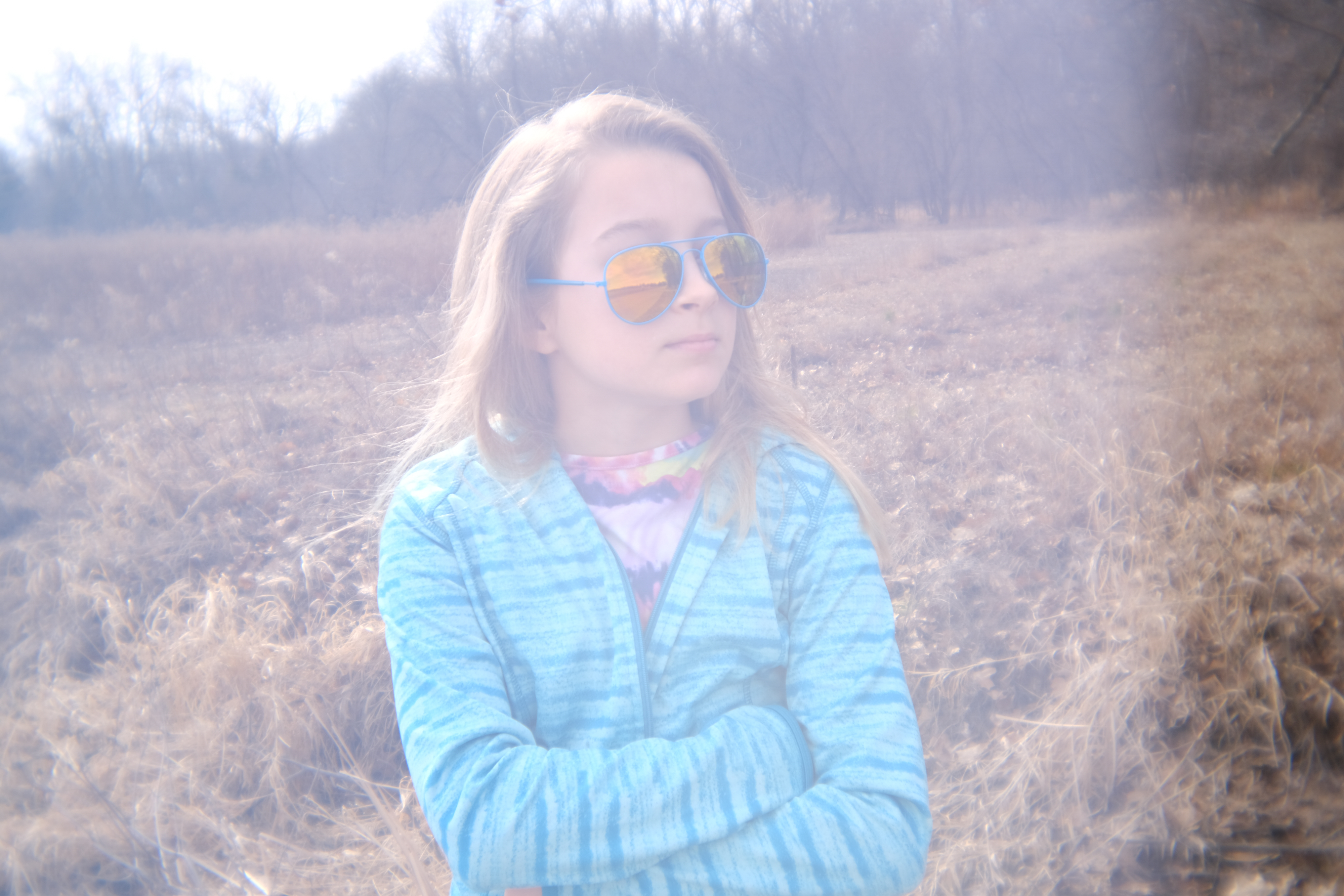The best tilt-shift lenses: take a whole new perspective on your photography
Take control over perspective and depth of field with the best tilt-shift lenses, for architecture, landscapes and more.
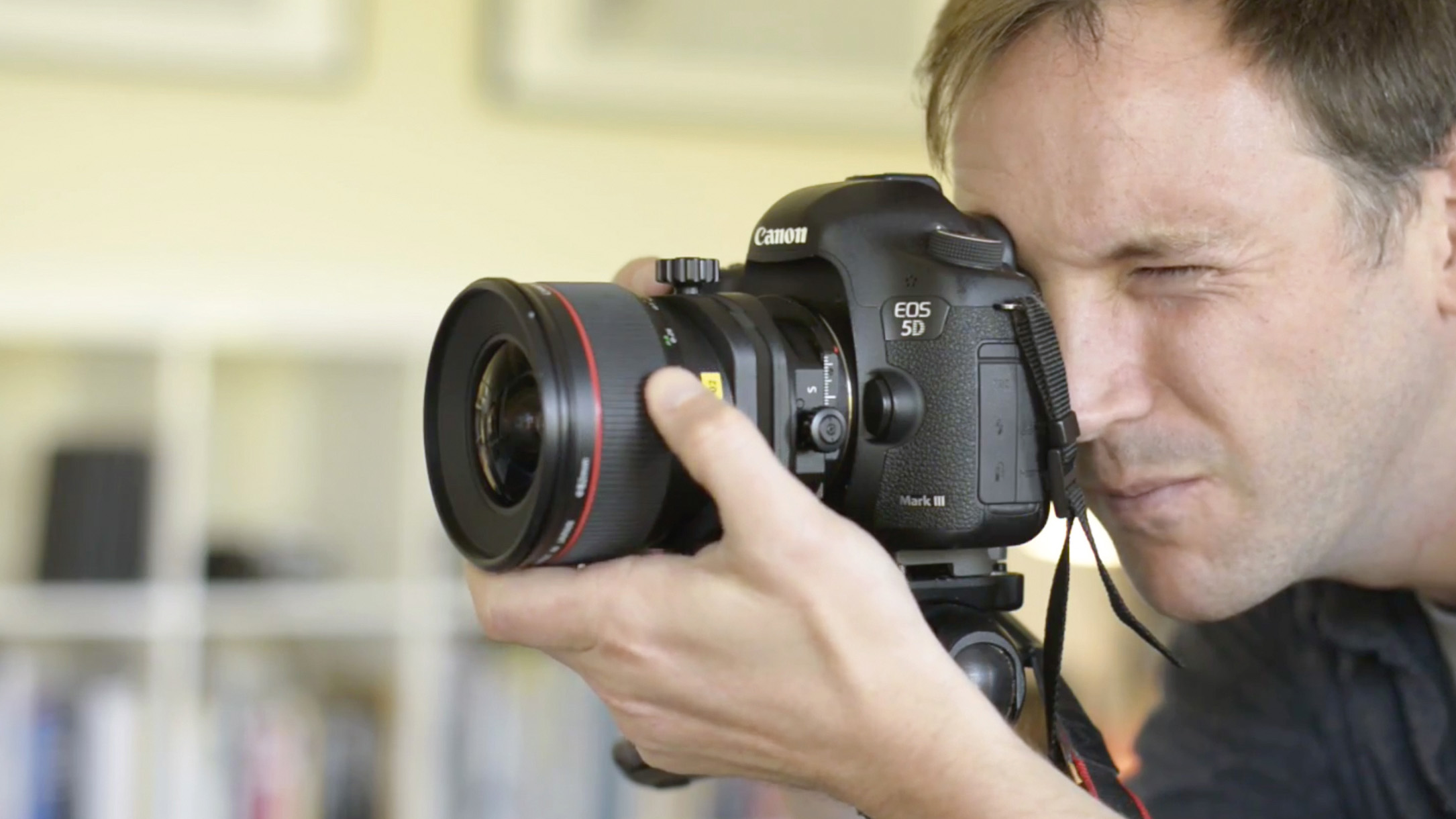
The best tilt-shift lenses enable you to tilt the angle of the optical path, relative to the image sensor. They also allow you to shift the optical axis so that it’s off-centre but still parallel to the imaging plane. These two adjustments let you control the plane of sharp focus and correct converging verticals in architectural shots. It might sound revolutionary but, in fact, large-format film cameras were taking this sort of thing in their stride, more than a century ago.
So what’s so special about tilt and shift? Tilting the lens enables far greater control over depth of field than simply adjusting the aperture setting, and without the latter’s restrictions on shutter speed. By tilting the lens in one direction, you can gradually increase the depth of field until it’s almost infinite.
I've also been seeing a growing number of ‘macro’ tilt-shift lenses that 0.5x or even full 1.0x magnification at their closest focus setting. These lenses therefore work very well for extreme close-up photography, where gaining sufficient depth of field is always a struggle. Tilt the lens in the opposite direction and you can make the depth of field very small, enabling a ‘toy camera’ effect.
The shift function gives you the ability to take control over perspective effects. A classic use of the shift function is in architectural photography. Shoot from ground level with a regular lens and tall buildings will appear to lean inwards towards the top. By dialling in the necessary amount of shift, you can counteract the appearance of walls tapering inwards as they rise up.
Read on for my recommendations for the best tilt-shift lenses…
The Quick List

The most ultra-wide Canon tilt-shift lens works well for architecture when space is limited.
Read more below
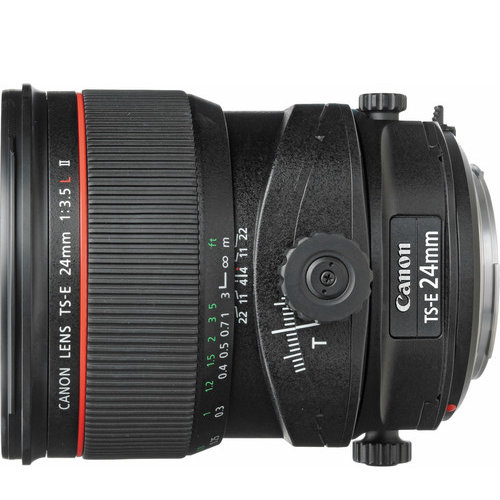
An uprated Mark II lens that's an excellent fit for architecture and sweeping landscapes.
Read more below
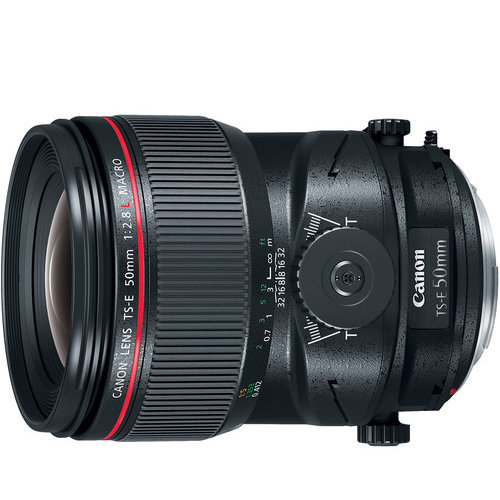
With its 50mm focal length, this tilt-shift lens gives an entirely natural field of view.
Read more below
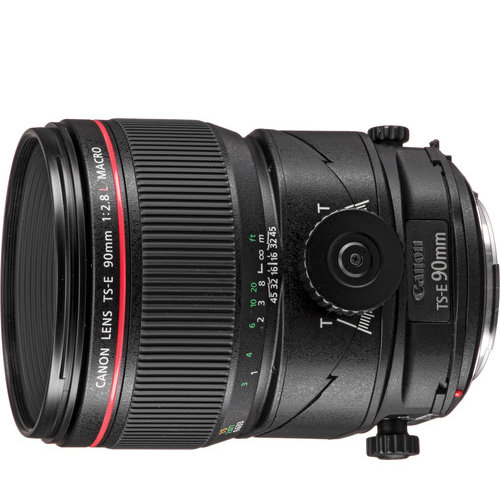
The 90mm Macro has the longest focal length of any current Canon TS-E lens.
Read more below
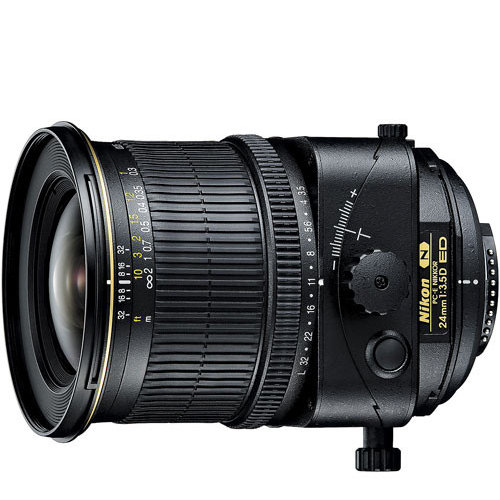
The once extensive line-up of Nikon 'Perspective Control' lenses has shrunk to just one.
Read more below
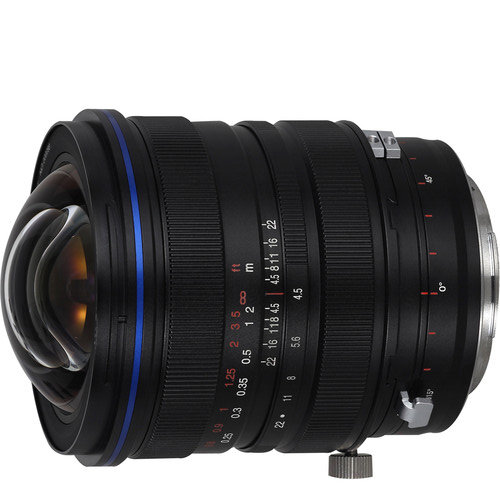
It's not a full tilt-shift lens as it has no tilt facility for controlling depth of field.
Read more below
Load the next products ↴
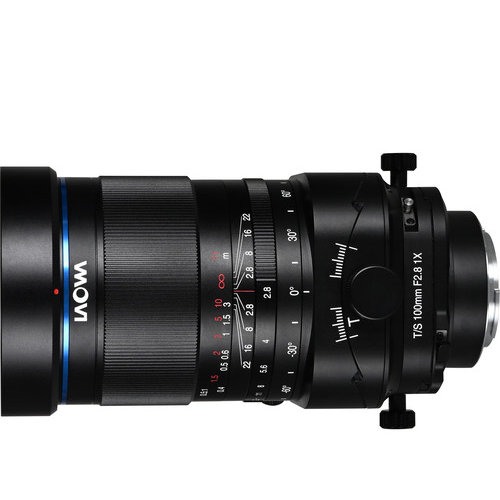
Most 'macro' tilt-shift lenses max out at 0.5x but this one gives full 1.0x magnification.
Read more below
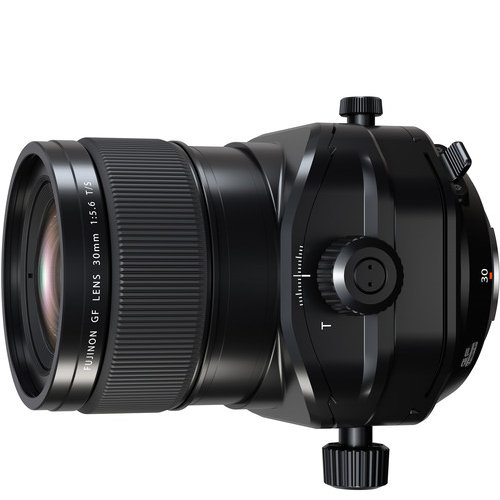
This top-spec tilt-shift lens is more wide-angle than you might think, as it's for medium format cameras.
Read more below
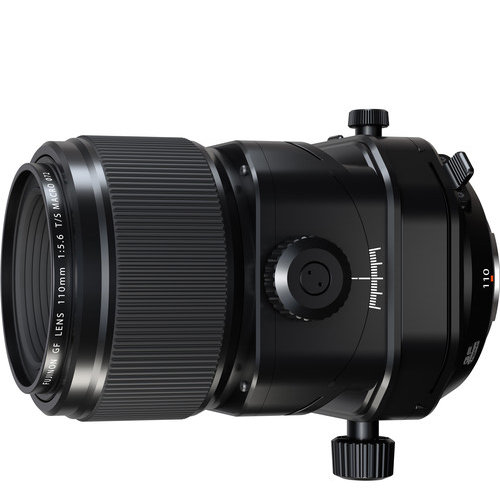
A superb telephoto macro tilt-shift lens for Fujifilm's medium format GFX camera system.
Read more below
The best tilt-shift lenses
Why you can trust Digital Camera World
Best Canon ultra-wide
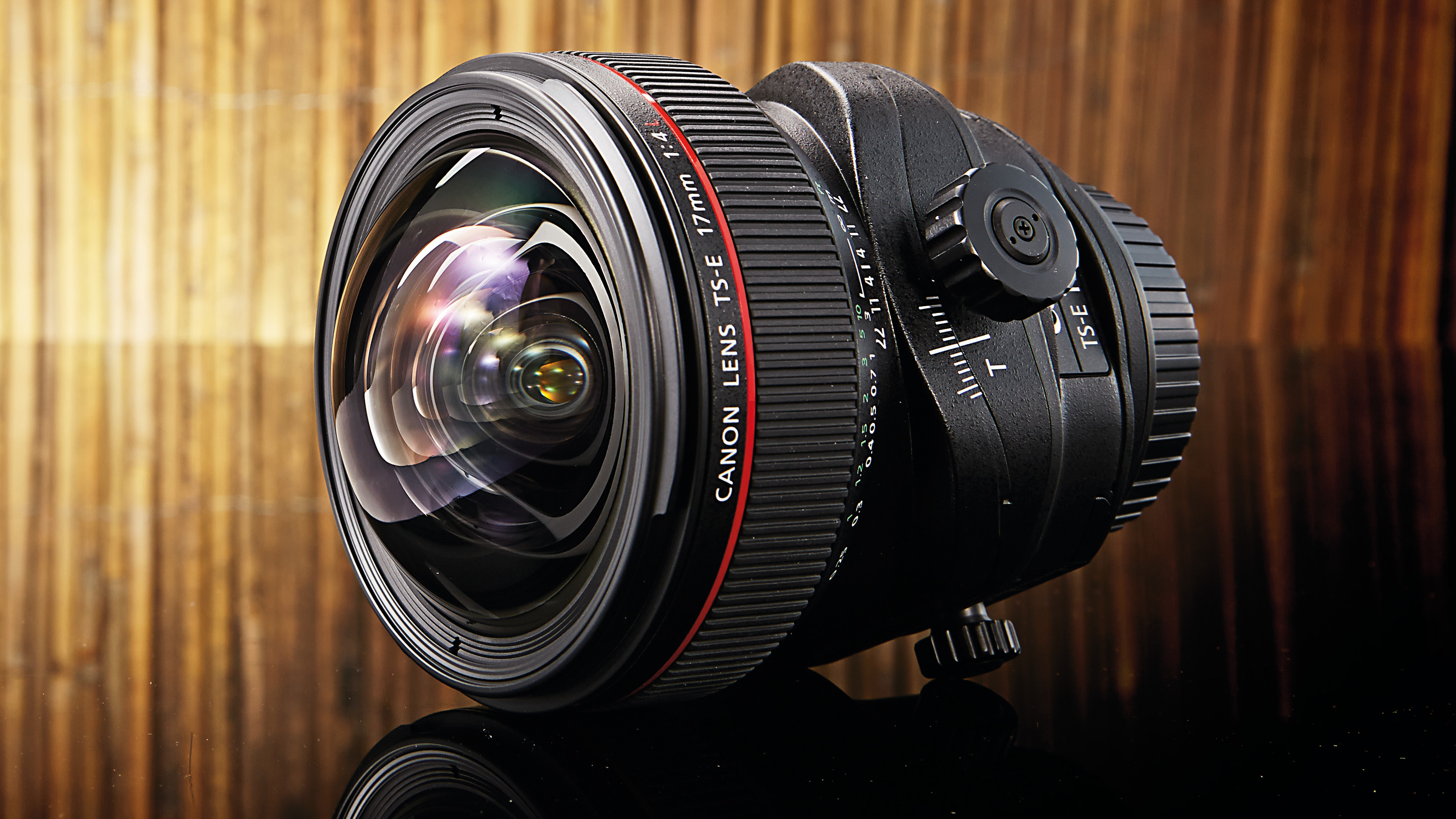
1. Canon TS-E 17mm f/4L
Specifications
Reasons to buy
Reasons to avoid
The super-wide viewing angle enabled by this 17mm lens makes it a top choice for shooting skyscrapers from nearby city streets, where you physically can’t get as far back from the building as you might like. The same holds true for shooting architectural interiors, where space can be even more limited.
Typical of most Canon L-series lenses, it has a robust, pro-grade construction that includes comprehensive weather-seals. The high-quality optical path includes a large, precision-moulded glass element and four UD (Ultra-low Dispersion) elements, to boost sharpness and contrast while keeping tight control over chromatic aberrations. The lens can focus down to just 0.25m, so you need to be careful not to bump the bulbous, protruding front element into objects when shooting close-ups.
Best Canon wide-angle
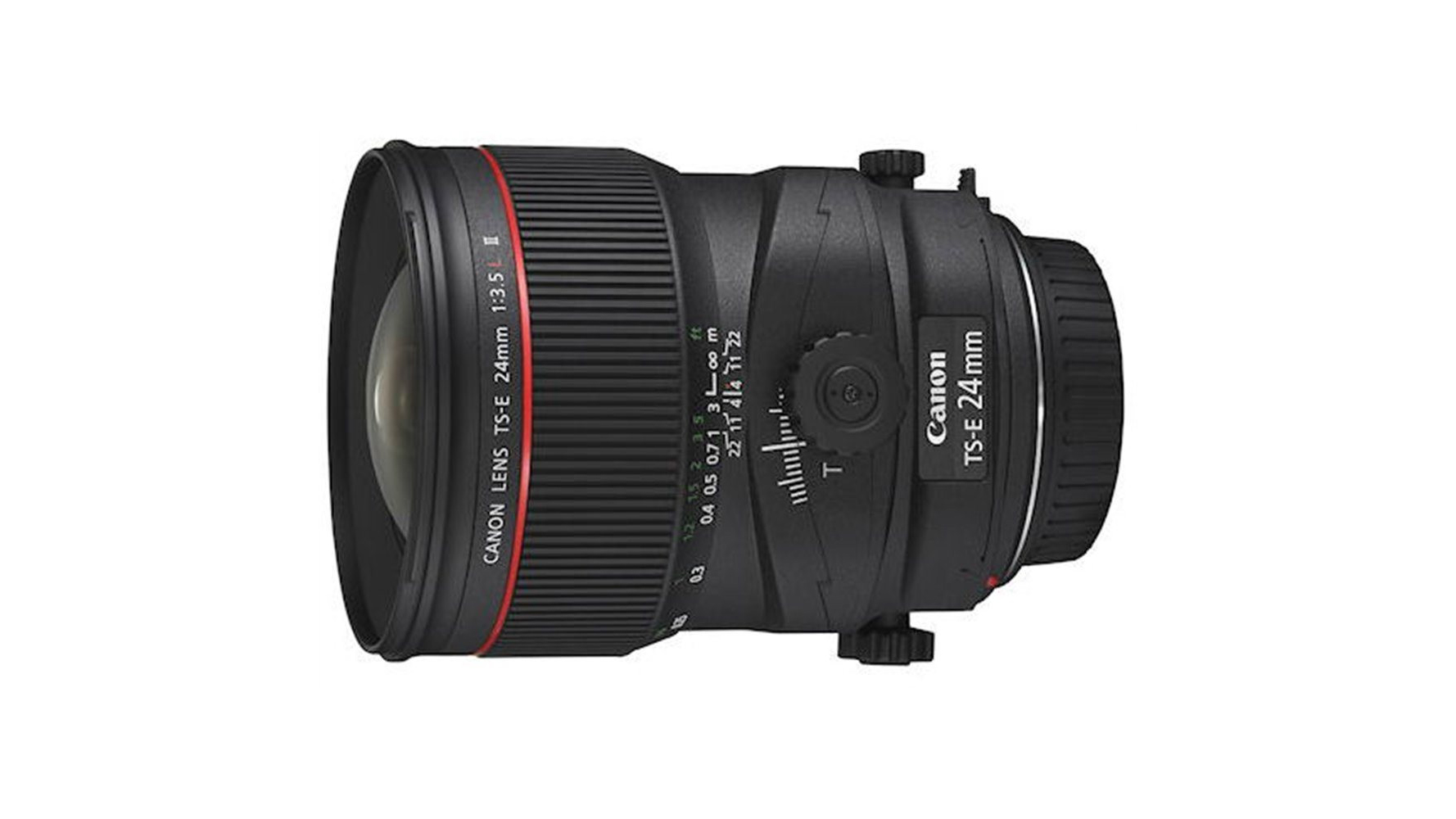
2. Canon TS-E 24mm f/3.5L II
Specifications
Reasons to buy
Reasons to avoid
The 24mm focal length of this lens works well for most architectural photography. The viewing angle is less extreme than in the sibling TS-E 17mm, but should prove sufficient even for shooting large buildings from fairly close in. The amount of shift on hand should prove ample for correcting perspective, while the tilt range is a little more generous than in the 17mm lens. Further bonus are that this lens has an attachment thread for easily accommodating filters, albeit with a fairly large 82mm diameter, and you can shoot with a hood fitted, which is good for physical protection of the front element as well as for reducing ghosting and flare. The Mark II edition of the lens delivers improved image quality, with better sharpness towards the edges and corners of the frame. As with the 17mm lens, this one includes a large, precision-moulded aspherical element and four UD elements, along with high-tech SWC (Sub Wavelength Coating).
Best Canon standard
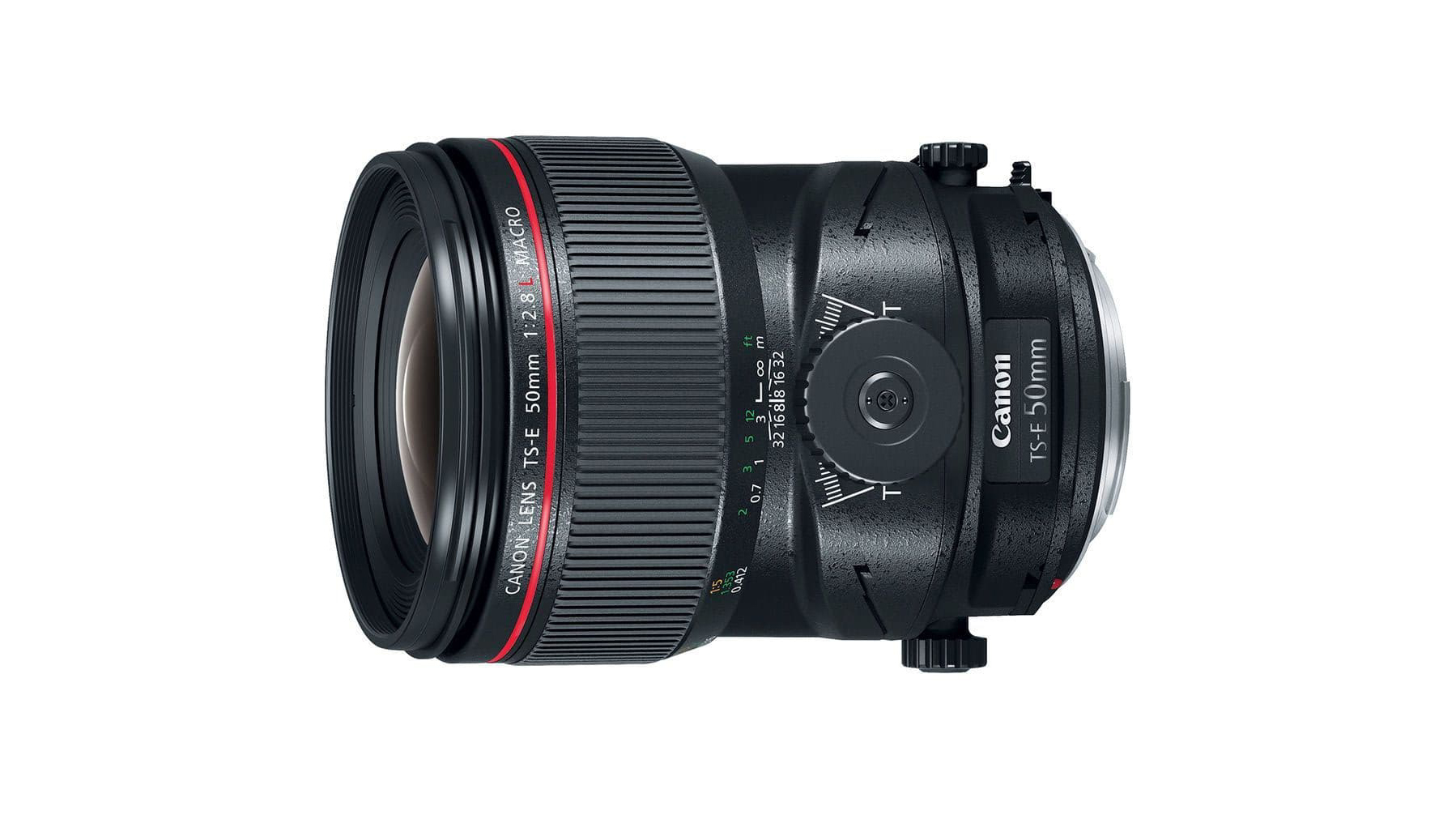
3. Canon TS-E 50mm f/2.8L Macro
Specifications
Reasons to buy
Reasons to avoid
Canon claims this is an ideal lens for landscape and architectural photography although many might prefer the more generous viewing angle of the TS-E 24mm. On the other hand, the 50mm focal length does give a very natural viewing perspective, which can be preferable if you’re not cramped for space.
This lens also adds 0.5x macro magnification, when shooting at the closest focus distance of 0.27m, although that can feel a little on the short side if you’re trying to shoot timid bugs and the like. Two UD elements are featured in the optical path, along with dual, high-tech Air Sphere and Subwavelength Coatings to fend off ghosting and flare.
• Read more: How to create a panoramic photograph with a tilt-shift lens
Best Canon telephoto
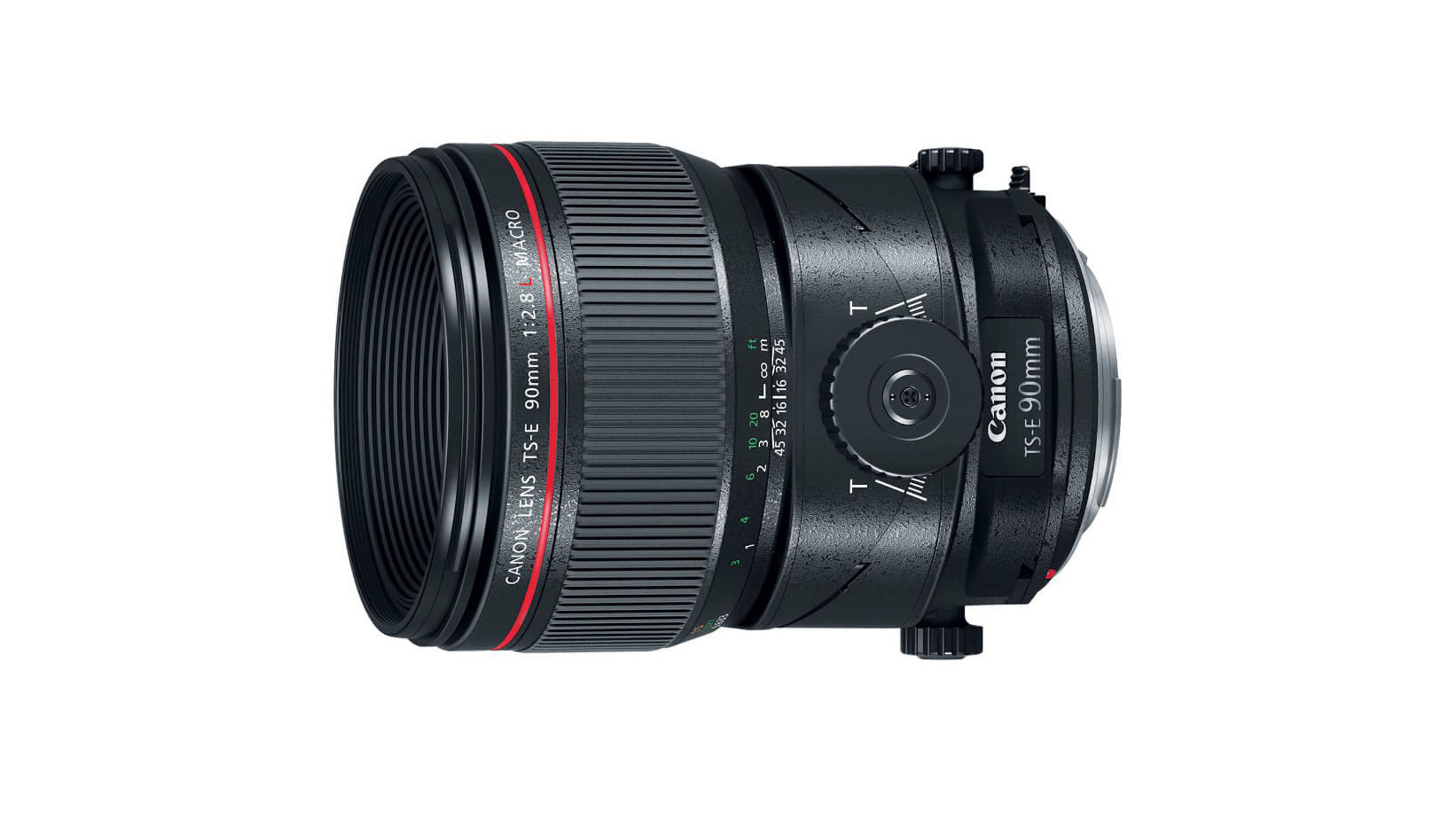
4. Canon TS-E 90mm f/2.8L Macro
Specifications
Reasons to buy
Reasons to avoid
A focal length of around 90mm to 100mm is usually ideal for macro photography, as it enables a natural working distance of around 30cm between the focal plane and the subject. That distance extends to 39cm in this case, as the lens delivers a maximum magnification ratio of 0.5x instead of a full 1.0x, at its closest focus setting. Even so, that enables massive enlargements of tiny objects in close-up photography.
Canon is keen to point out that this lens isn’t just for close-ups, however, and advertises its suitability for portraiture and product shots. We’re not completely sold on its merits for portraiture, but the control over perspective and depth of field can be very beneficial in product photography.
Best Nikon
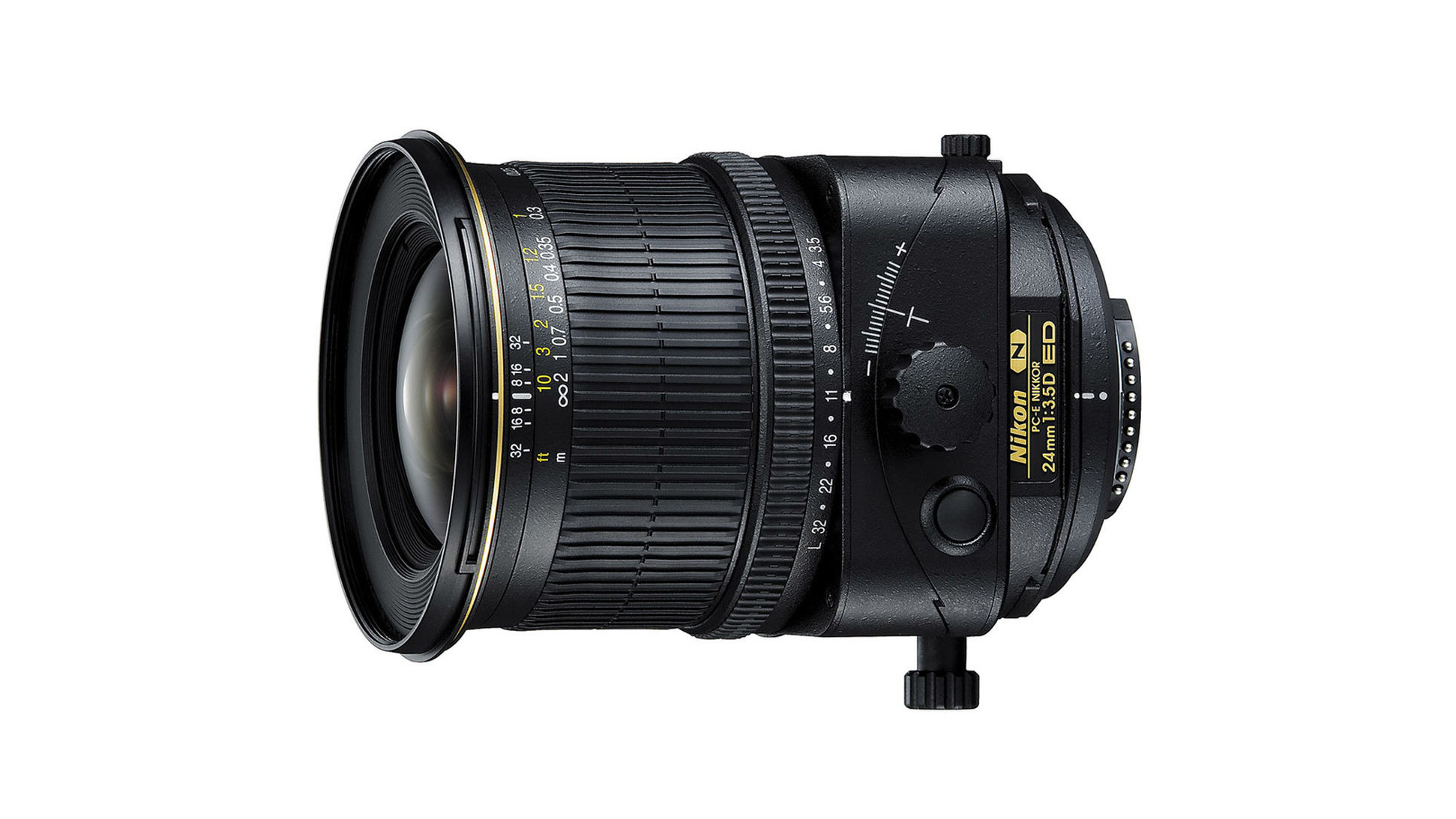
5. Nikon PC-E 24mm f/3.5D ED
Specifications
Reasons to buy
Reasons to avoid
The viewing angle of a 24mm wide-angle lens is ideal for architectural photography from a natural distance, while the shift facility of this lens enables you to correct perspective and stop vertical edges of from appearing to lean inwards. Unlike the now obsolete PC 19mm lens, this one only has a conventional, single rotation mechanism, so you can only apply tilt or shift in perpendicular planes to each other, which is of less use for landscape photographers.
On the plus side, and unlike in the PC 19mm lens, the front element can be protected by a hood while shooting, and there’s an attachment thread for the easy addition of filters. Image quality is top-drawer, enhanced by ED glass and Nano Crystal Coat.
Best Laowa wide-angle
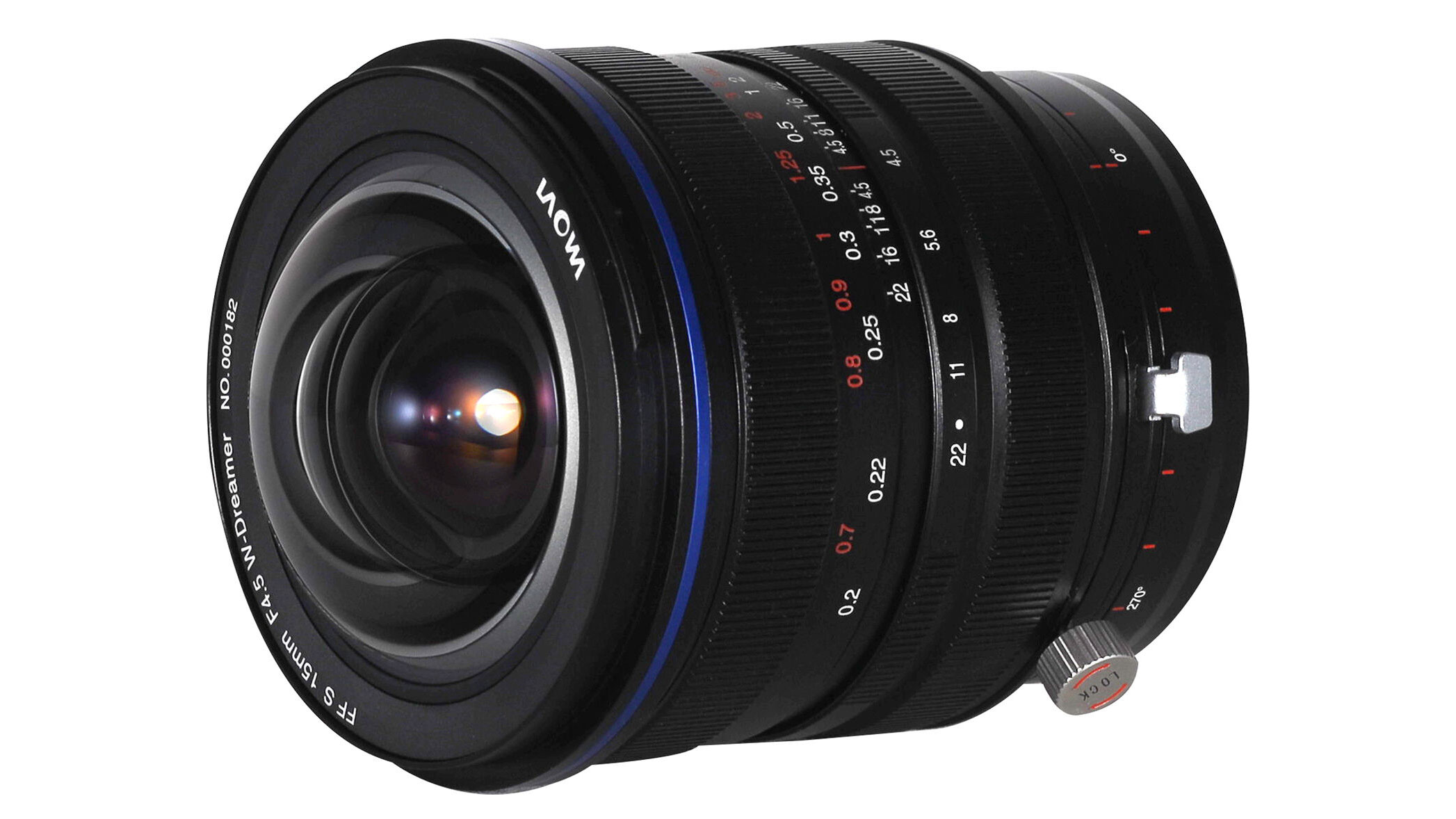
Specifications
Reasons to buy
Reasons to avoid
This is the widest shift lens currently on the market with a field of view no other shift lens can match. Unlike the other lenses in this list, however, the Laowa 15mm shift lens does not offer any tilting features. It also has the smallest maximum aperture – although for many people that shoot with these kinds of lenses that may not be an issue. Aside from having the widest field of view, another major benefit of this lens is the fact that it offers some of the best image quality. It is quite possibly the sharpest lens in the list with details appearing crisp and clear across the frame and even on the edges. The biggest downside of this lens is that in harsh lighting conditions the lens does suffer from a lot of internal reflections that can reduce image quality by a significant degree.
Also worth considering is the shift-only Laowa 20mm f/4 Zero-D Shift, which is available in practically every lens mount around.
• Laowa 15mm f/4.5 Zero-D Shift review
Best Laowa telephoto
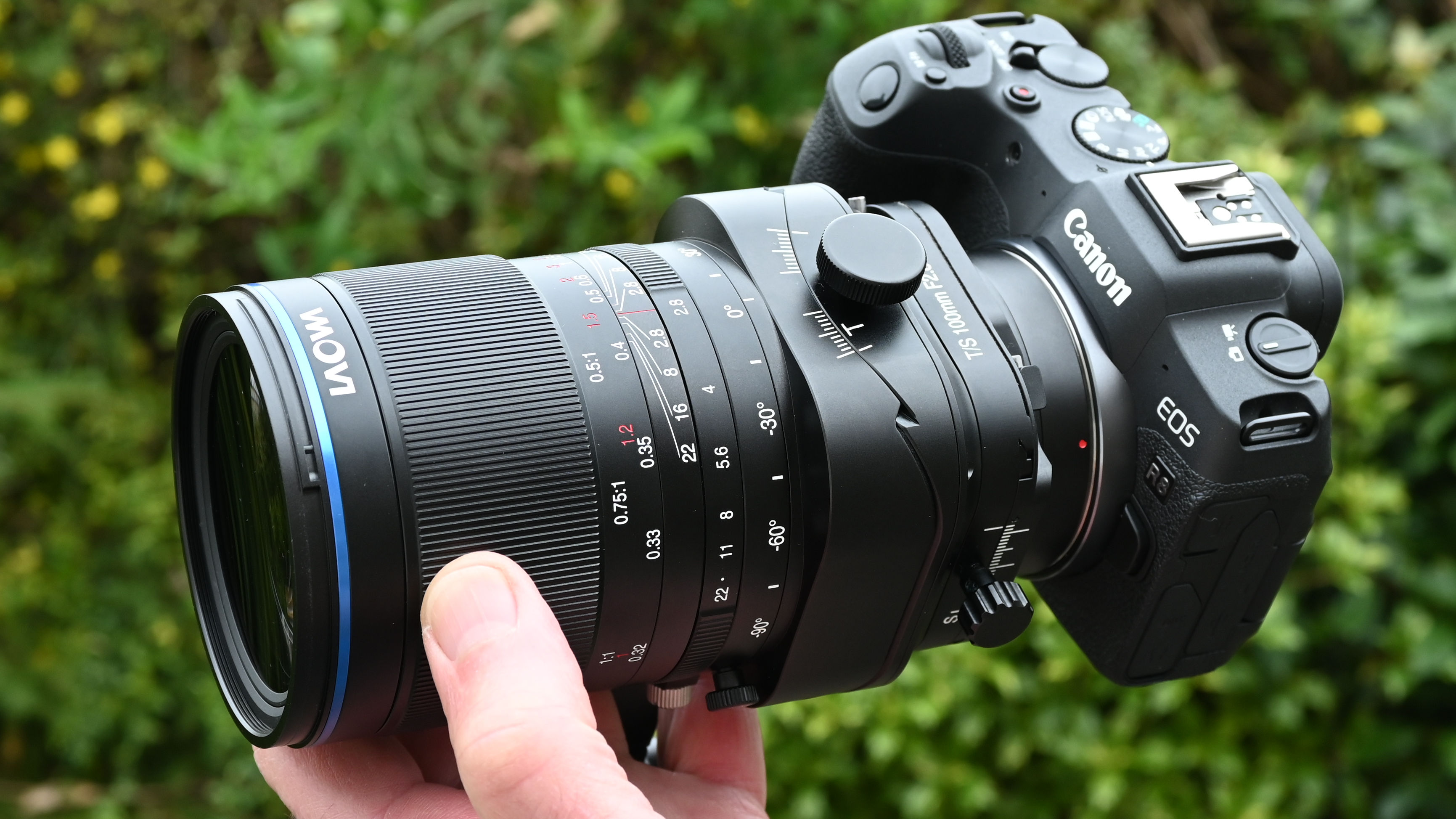
Specifications
Reasons to buy
Reasons to avoid
A big and chunky lens, the Laowa measures 85x162mm and weighs in at 1215g (2.7lbs). As such, it’s supplied complete with a tripod mounting ring that has an Arca-Swiss compatible foot. That’s all but essential, given the lens’s requirement for tripod support in macro shooting, but that’s not all. Laowa actually calls the mounting ring a ‘Shift holder’, as it also keeps the lens fixed in place when using the Shift function, so only the camera body is moved. That’s ideal in ‘shift’ shooting.
The optical path is based on 13 elements arranged in 10 groups, and features two ED (Extra-low Dispersion) elements and one HRI (High Refractive Index) element. The overall aim is to optimize sharpness, clarity and contrast while keeping unwanted aberrations to a minimum.
• Laowa FFII TS 100mm f/2.8 Macro 1X review
Best Fujifilm wide-angle
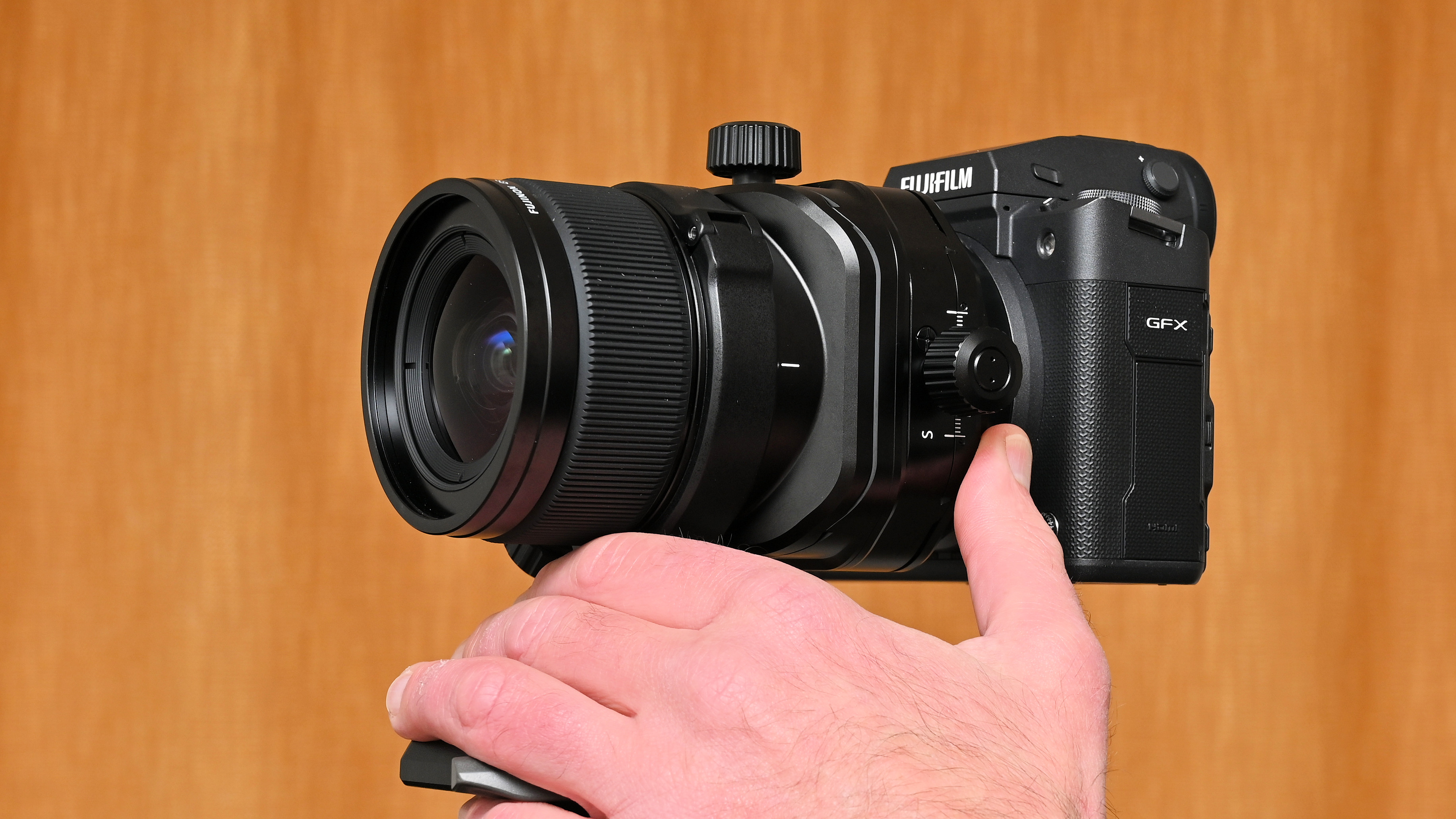
Specifications
Reasons to buy
Reasons to avoid
This Fujifilm lens for the medium format GFX system gives you a full range of movement, and thus full creative freedom. The oversized image circle enables a generous +/-15mm of shift, and up to +/-8.5 degrees of tilt. Furthermore, the tilt/shift function can be rotated through 90 degrees with a 45-degree click step along the way. You can also rotate the lens on its mount through 90 degrees clockwise or counter-clockwise, in 30-degree click step increments. The net result is that you can employ either tilt or shift functions in any orientation that you want.
Handling is typically complex for a tilt-shift lens but image quality and overall performance are absolutely sublime.
• Fujifilm GF 30mm f/5.6 TS review
Best Fujifilm telephoto
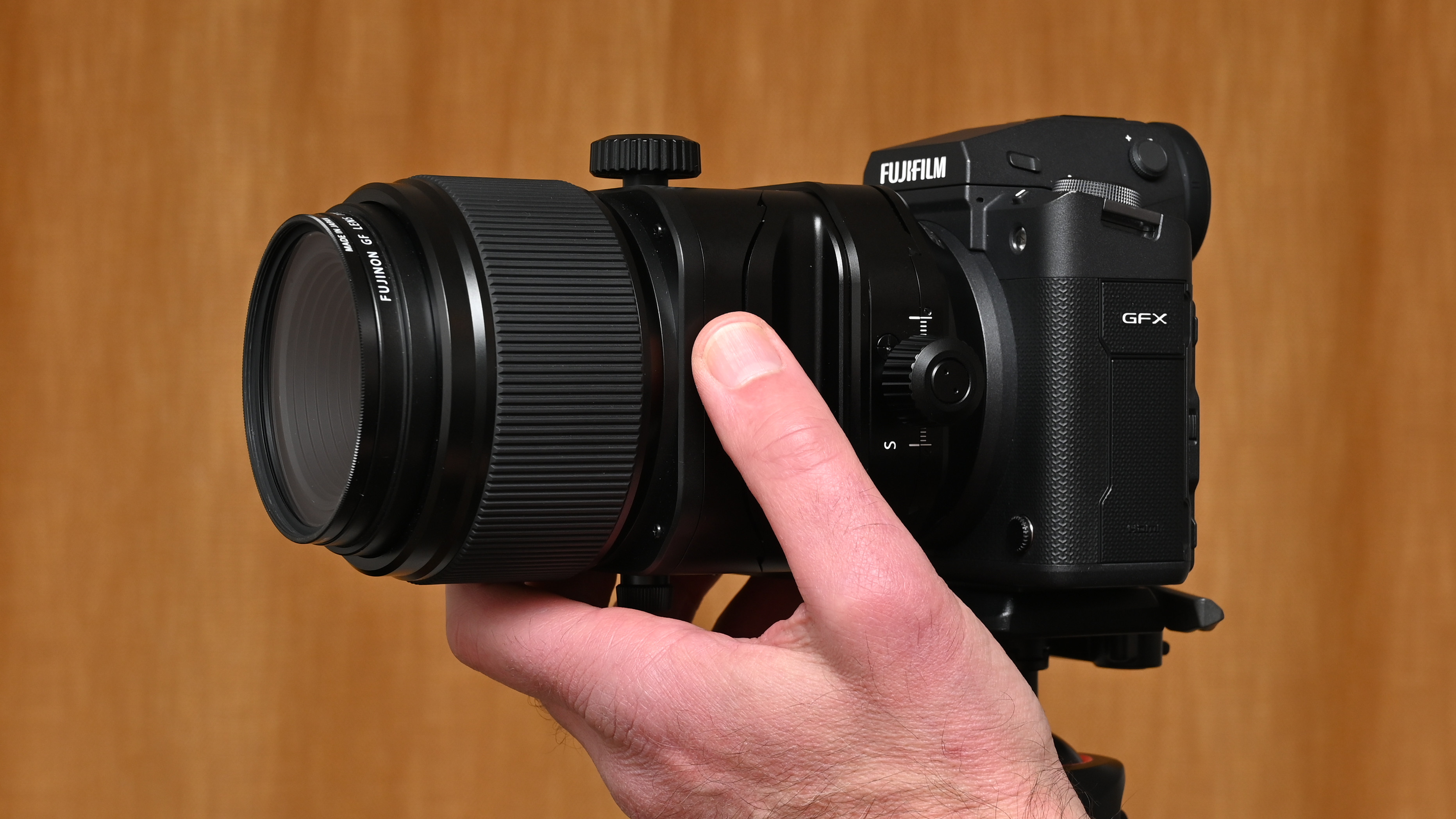
Specifications
Reasons to buy
Reasons to avoid
The GF 110mm is a mighty medium format lens that's really solidly built from metal parts. Handling is every bit as complex as I’d expect from a fully functional tilt-shift lens, with lots of control knobs and levers.
As with other tilt-shift lenses, autofocus is off the menu so manual focusing can be the typical challenge if you generally rely on autofocus to do the job for you. Control for creative effect benefits from a full range of adjustments. There’s a sizable +/-15mm of shift, and up to +/-10 degrees of tilt, plus the bonus of up to 0.5x magnification for macro photography.
• Fujifilm GF 110mm f/5.6 TS Macro review
Lab data and comparisons
The graphs below show the comparative performance of the lenses in this guide, based on our in-house lab tests. The Fujifilm GF 30mm and GF 100mm medium format lenses are outright winners for sharpness. Their image quality and overall performance is absolutely exceptional. There’s very little color fringing and distortion in all cases, although the Canon TS-E 50mm does produce slightly noticeable barrel distortion.
Scores for sharpness and color fringing are averaged from data taken across the entire image frame, from the center to the edges and corners, throughout the aperture range. For zoom lenses, the scores are also averaged from data measured at all marked focal lengths, and the same applies to distortion. Bear in mind that these average values don't fully reflect specific areas of performance. For example, a zoom lens might have noticeable barrel and pincushion distortion at its shortest and longest focal lengths respectively, which tends to average out when looking at the data overall. For more detailed graphs of each lens's performance, which give the full picture, check out the graphs in our full standalone lens reviews.
How we test lenses
We test lenses using both real world sample images and lab tests. Our lab tests are carried out scientifically in controlled conditions using the Imatest testing suite, which consists of custom charts and analysis software that measures resolution in line widths/picture height, a measurement widely used in lens and camera testing. We find the combination of lab and real-word testing works best, as each reveals different qualities and characteristics.
Get the Digital Camera World Newsletter
The best camera deals, reviews, product advice, and unmissable photography news, direct to your inbox!
Matthew Richards is a photographer and journalist who has spent years using and reviewing all manner of photo gear. He is Digital Camera World's principal lens reviewer – and has tested more primes and zooms than most people have had hot dinners!
His expertise with equipment doesn’t end there, though. He is also an encyclopedia when it comes to all manner of cameras, camera holsters and bags, flashguns, tripods and heads, printers, papers and inks, and just about anything imaging-related.
In an earlier life he was a broadcast engineer at the BBC, as well as a former editor of PC Guide.

